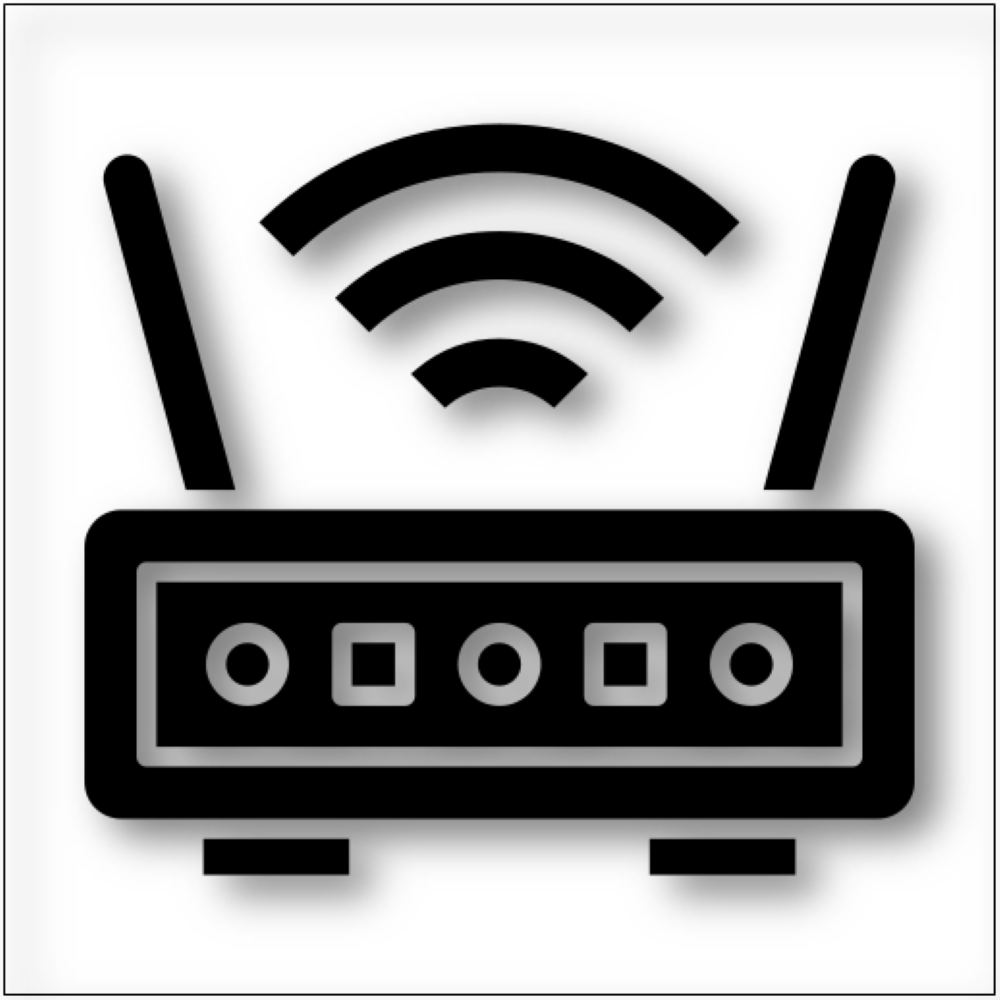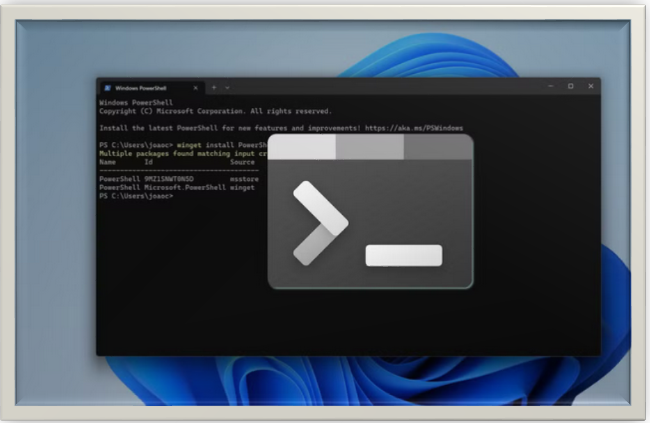HOW TO CONNECT A WIRELESS ROUTER TO A NETWORK SWITCH: A BEGINNER’S GUIDE
Learn how to connect a wireless router to a network switch effortlessly. Follow our step-by-step guide to enhance your home network setup seamlessly.

INTRODUCTION:
Ever thought about adding more gadgets to your network or boosting your Wi-Fi's reach? Well, buddy, let me tell you about network switches! They're like the unsung heroes that can turn your internet game up a notch. Expanding your network and guaranteeing a smooth internet experience for numerous devices can be accomplished by connecting a wireless router to a network switch. This easy-peasy tutorial will guide you through connecting a wireless router to a network switch in a way that's doable for someone new to this tech stuff.
What You'll Need
Before, you get started, make sure you've got these four things handy:
- A wireless router.
- A network switch.
- Some Ethernet cables.
- A laptop or a mobile device.
Step-by-Step Guide
Step 1: Get to Know the basics
Why connect a Switch to a Router?
Well, a network switch lets you plug in more devices to your network. The range of your network to wireless devices can be increased by adding a wireless router.
Router Vs Switch:
- Router: The boss of your internet, establishing a connection to the internet and routing data to and from your devices.
- Switch: Increases the amount of wired connections your network can support.
Step 2: Set up your router
Here's how to set up your router:
-
Position your router: For the best wifi coverage, place your router in the middle of the room.
-
Connect the router to power: Insert the power adapter into your router and turn it on.
-
Connect to Your Computer: Use an Ethernet cable to connect your computer to a LAN port on the router.
-
Access Router Settings: Launch a web browser and enter 192.168.1.1 or 192.168.0.1, the router's IP address, into the address bar. Use the username and password from the manual or the sticker on the router to get in.
Step 3: Configure the Switch
-
Position the switch: Place it near your router and other devices you want to connect.
-
Connect it to power: Insert the power adapter into your switch and turn it on.
-
First configuration: It could be necessary for you to use a web interface or command-line interface (CLI) to configure a managed switch. For detailed instructions, see the handbook that came with your switch.
Step 4: Connect the Router and Switch
Ensure that the connections are correct for effective data flow and guarding against network problems.
How to Do It:
-
Switch Off Your Devices:
First, make sure that your network switch and wireless router are both off for security and to prevent any issues. Unplug the two gadgets' power wires. -
Make an Ethernet cable connection:
• Find the LAN port on the back of your wireless router. Any of the possible numerous LAN ports will function for this connection.
• Plug in one end of your Ethernet cable to that LAN port.
• Locate an unlabeled port on your switch for your network. Any of the many identical ports found on most network switches will function in this configuration.
• Attach the Ethernet cable's opposite end to the selected port on your network switch.
• Double-check that both connections are snug and secure.
- Turn on your devices:
• Plug the power cables back into your switch and router.
• Turn each gadget on separately. It is advised to turn on the wireless router after turning on the network switch. This way, before the router tries to handle the extra network connections, the switch can start up and establish communication.
Step 5: Setting Up Your Network
Devices can access the internet and one another as long as the router and switch are configured properly.
Setting It Up:
- View the router configuration:
- Open your web browser and put in the router's IP address.
- Log in with your username and password.
- DHCP Time:
- Verify that the DHCP server on the router is turned on. As a result, devices on the network can be assigned IP addresses by the router.
- Verify Switch settings:
Make sure your managed switch is configured to automatically pull an IP address from the router.
- An example of a Cisco-controlled switch CLI command is:
'''
Switch> enable Switch# configure terminal Switch(config)# interface vlan 1 Switch(config-if)# ip address dhcp Switch(config-if)# exit Switch(config)# exit Switch# write memory
'''
Step 6: Check Your Connectivity
Checking the connection makes sure everything is set up correctly and that every device can connect to the internet and communicate with one another.
How to Check:
- Indicator Light checks:
To show the connection status, most network devices employ LED lights. After turning it on, check the lights.
After turning everything on, check the lights next to the ports you used.
-
On the router, you should see a lighted LED on the LAN port you used, signifying that the connection is active.
-
On the switch, a lighted LED indicating a successful connection to the router should also be present on the port you used.
- Test with a wired device:
-
Connect your computer to a switch port using another Ethernet cable.
-
Try to browse the internet using an open web browser.
- Test with a Wireless Device
-
Join your router's Wi-Fi network with a wireless device such as a tablet or smartphone.
-
Try to browse the internet using an open web browser.
Troubleshooting Tips
If the connection fails:
- Double-Check the connection
- Verify that all of the wires are correctly plugged in and that the devices are turned on.
- Restart Devices
- Turn off the router and switch, wait a short while, and then turn them back on.
- Check IP Address Conflicts:
Verify that the router is correctly providing IP addresses using DHCP to ensure that there are no conflicts.
- Update Firmware:
- Keep your switch and router updated with the latest firmware from the manufacturer's website.
CONCLUSION:
Establishing each device, making the proper physical connections, and configuring network settings are the simple steps involved in connecting a wireless router to a network switch. Even if you're not a tech wizard, you can get your internet groove on and expand your network like a pro using these easy steps.
Thanks for reading.
If you like the article, consider sharing and subscribing. ;)




